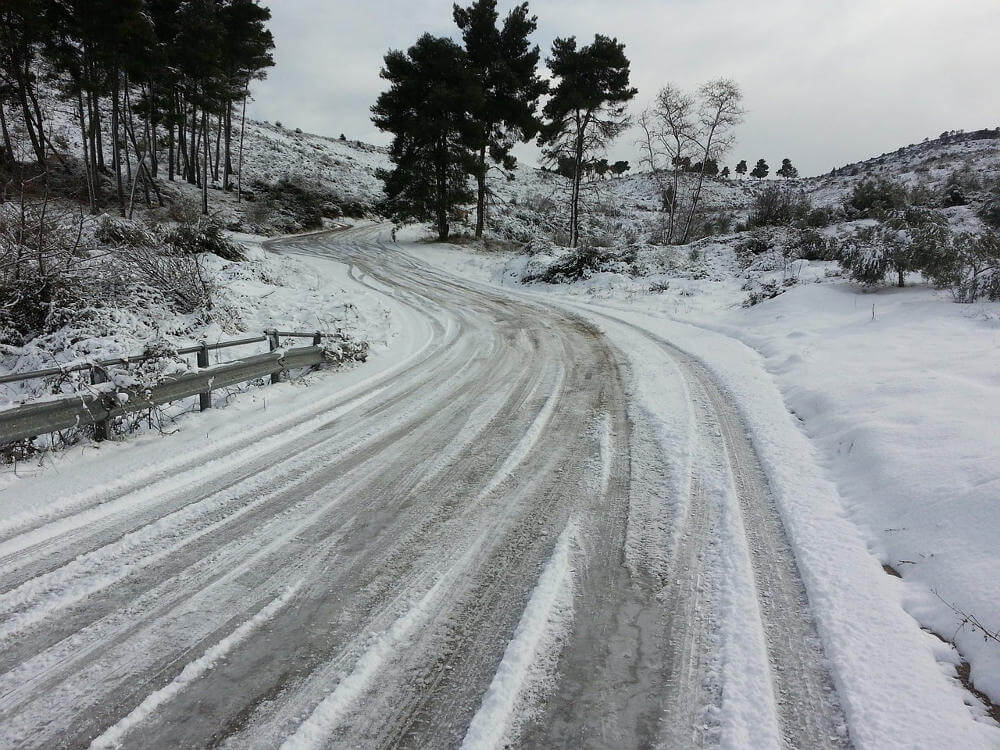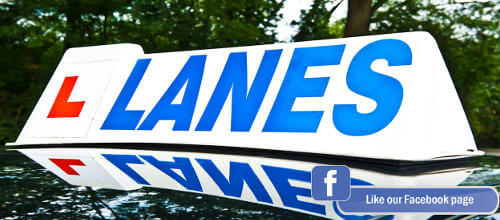
This winter has already seen a few very cold spells and we are only just getting into January which is typically one of the coldest months in the UK, so it is safe to assume that we can expect more cold weather before the winter is out. While black ice is not uncommon on minor roads at the best of times, particularly in more rural areas, those of us living in more built-up areas may not be as accustomed to it and not always have the skills and experience of driving in such conditions. This month we take a quick look at the basics of driving in snow and ice and set out a few tips to staying safe and getting to your destination without incident.
Do you really need to go out in icy conditions?
It may sound like an obvious question, but it is an important one. In adverse weather conditions, especially when there are ice and snow warnings, it is crucial to consider whether your trip is absolutely necessary. If you can postpone it until the weather is better, then that is the safest thing to do.
Checks and preparation
If you must get in the car, then use this checklist to make sure you and your vehicle are as ready as you can be:
- Check the forecast before setting off – the Met Office website will have the latest cold weather information
- Check your route for any obstructions, closures, or delays to make sure you don’t get stuck. You may need to have an alternative in mind should you need to take a detour – remember to check the alternate route too!
- Clear all snow and ice off your vehicle. This not only helps your visibility, but also ensures that you are not dropping blocks of snow into the path of other road users
- Demist all windows and mirrors to give you a clear and unobstructed view of the road from all angles
- Clear your lights and number plates – you can be heavily fined if your licence plate is not clearly visible
- Have an emergency kit in the car comprising an ice scraper, de-icer, first aid kit, torch, warm clothes, boots and a blanket in case you get stuck, jump leads, and a shovel. You may also want to take some food and hot drinks as well
While you are driving
It should go without saying that you should be extra cautious when driving in icy and snowy conditions. Here are a few things to keep in mind:
- Increase the distance between you and the vehicle in front. Stopping distances will be greater, even on treated roads
- Keep your speed low and your gear as high as possible
- Accelerate and brake slowly
- Overtake with care to avoid spraying snow, salt, and grit into the path of others
- Slow down significantly when taking a bend or turn and avoid any sudden movements
- Regularly check that your brakes are working by braking slowly on a safe part of the road. If the steering or brakes feel unresponsive it could mean you are losing grip of the road
If you need some advice or want to practise your cold weather driving skills our team at Lanes School of Driving can advise and help. We have been keeping people safe on the road for over 100 years and can make sure you stay safe too – just call us on 020 8166 5678.

